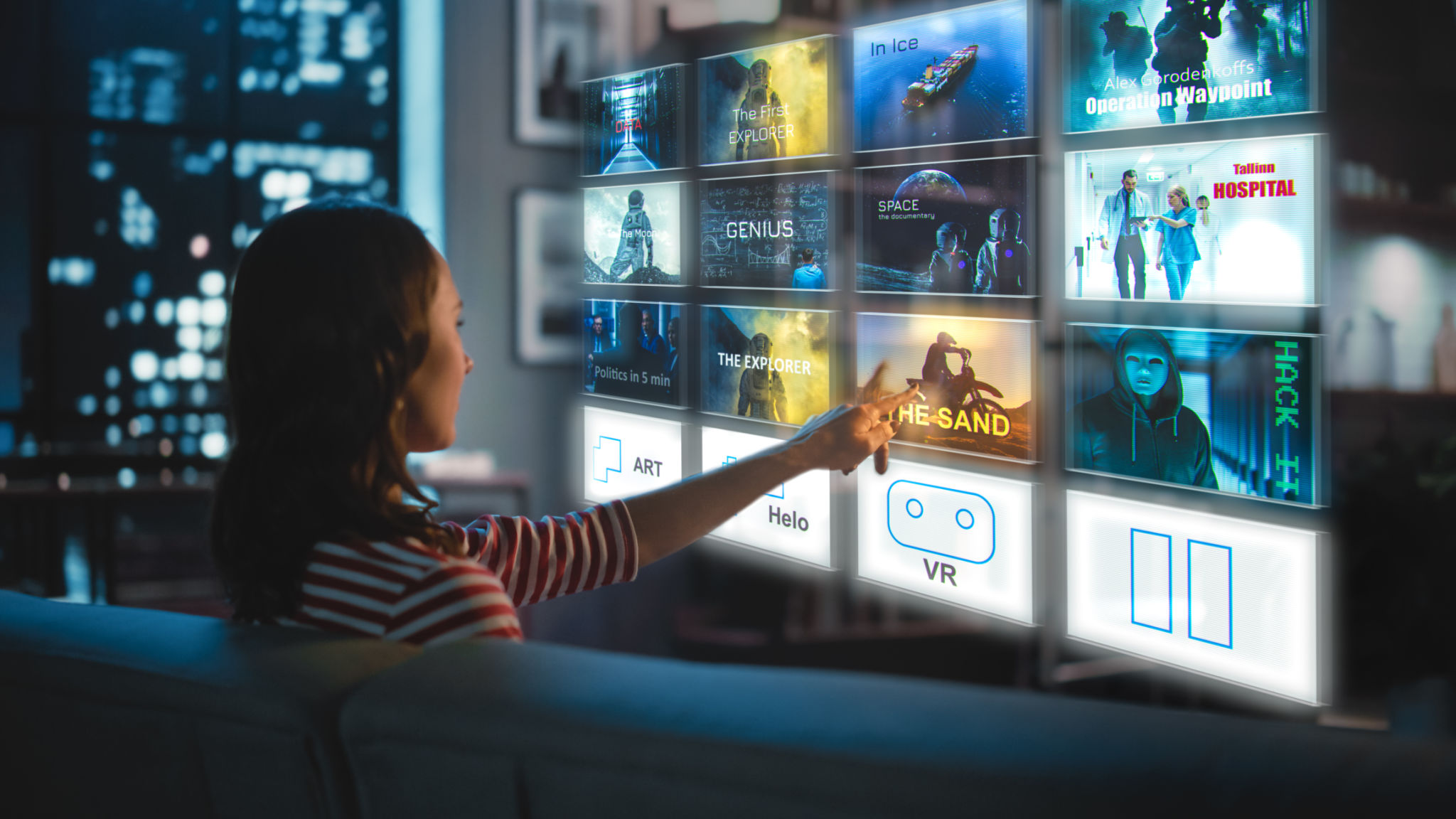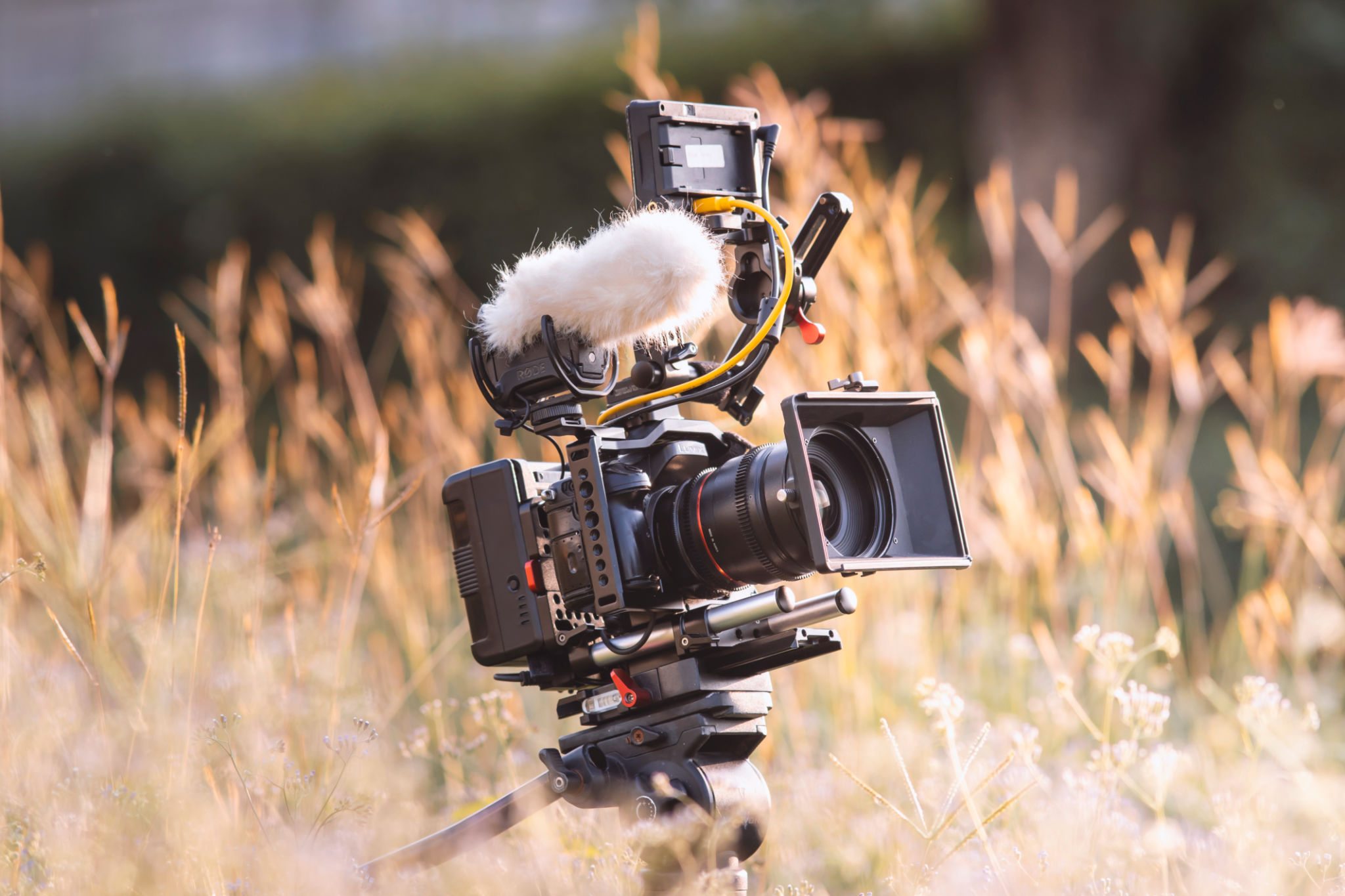The Future of Film: Integrating VR Technology in Filmmaking
The Evolution of Storytelling
The art of filmmaking has always been about pushing the boundaries of storytelling. Throughout history, filmmakers have embraced new technologies, from sound and color to digital effects and 3D, to enhance the cinematic experience. Today, the integration of Virtual Reality (VR) into filmmaking is poised to revolutionize the industry once again, offering audiences an unprecedented level of immersion and interaction.
VR technology allows filmmakers to create fully immersive environments that transport viewers into the heart of the story. By wearing a VR headset, audiences can explore scenes from multiple angles, feeling as if they are inside the movie rather than just passive observers. This shift in perspective opens up exciting possibilities for directors and storytellers.

Enhancing Audience Engagement
One of the most significant benefits of integrating VR technology into filmmaking is the potential for increased audience engagement. In traditional films, viewers are limited to the director's vision and perspective. With VR, however, they can choose their own paths within a narrative, making decisions that can alter the storyline. This interactive element not only makes the viewing experience more personal but also encourages repeat viewings as audiences explore different outcomes.
Moreover, VR films can evoke stronger emotional responses by placing viewers directly in the shoes of the characters. Experiencing events from a first-person perspective enhances empathy, allowing audiences to connect with the story on a deeper level. This emotional engagement is a powerful tool for filmmakers aiming to leave a lasting impact on their viewers.
Challenges and Opportunities
While VR technology presents numerous opportunities, it also comes with its own set of challenges. Creating VR content requires new techniques and approaches to storytelling. Filmmakers must consider factors such as 360-degree filming, spatial audio, and real-time rendering to ensure a seamless and immersive experience. These technical requirements can be demanding and often require significant resources.

However, overcoming these challenges can lead to groundbreaking innovation in the industry. As more filmmakers experiment with VR, we are likely to see new genres and storytelling techniques emerge. Films will no longer be limited to linear narratives but could become dynamic, interactive experiences where audiences play an active role in shaping the story.
The Role of Collaboration
Collaboration will be key in the successful integration of VR into filmmaking. Directors, writers, animators, and technologists must work together to create cohesive, engaging VR experiences. This interdisciplinary approach will drive innovation and help overcome the technical hurdles associated with VR production.
Additionally, partnerships with tech companies can provide filmmakers with the tools and expertise needed to harness VR technology effectively. By working closely with VR developers and hardware manufacturers, filmmakers can ensure that their creative visions align with the capabilities of current technology.

The Future is Here
As VR technology continues to advance and become more accessible, it is poised to become an integral part of the filmmaking landscape. The fusion of traditional storytelling techniques with cutting-edge VR technology will not only redefine how stories are told but also how they are experienced. Filmmakers who embrace this evolution will have the opportunity to captivate audiences in ways that were once thought impossible.
The future of film is undoubtedly exciting, and VR is at the forefront of this transformation. As we look ahead, one thing is certain: the way we watch and interact with films will never be the same again.
